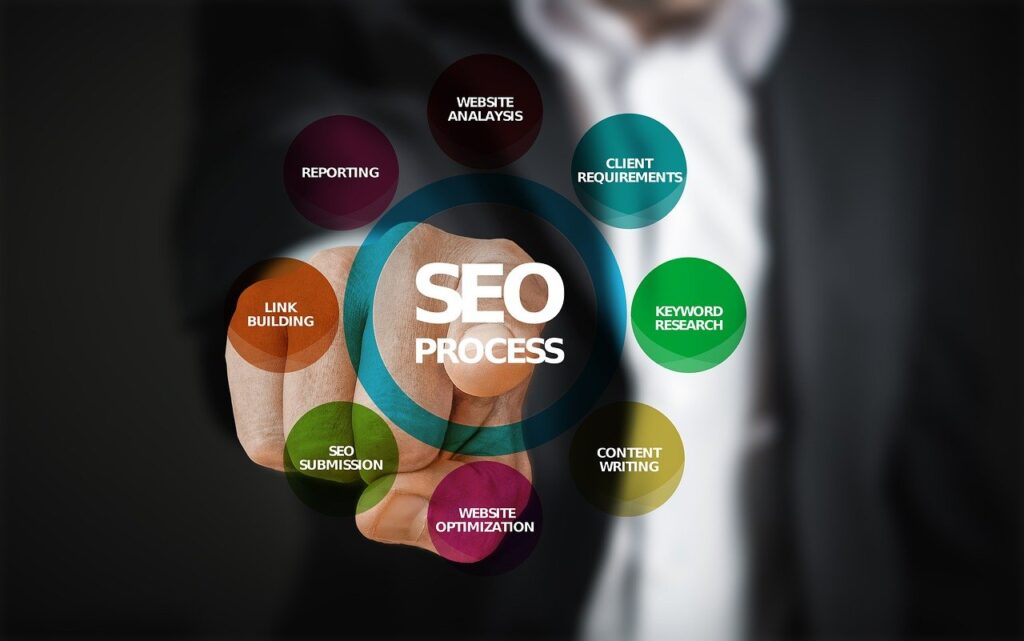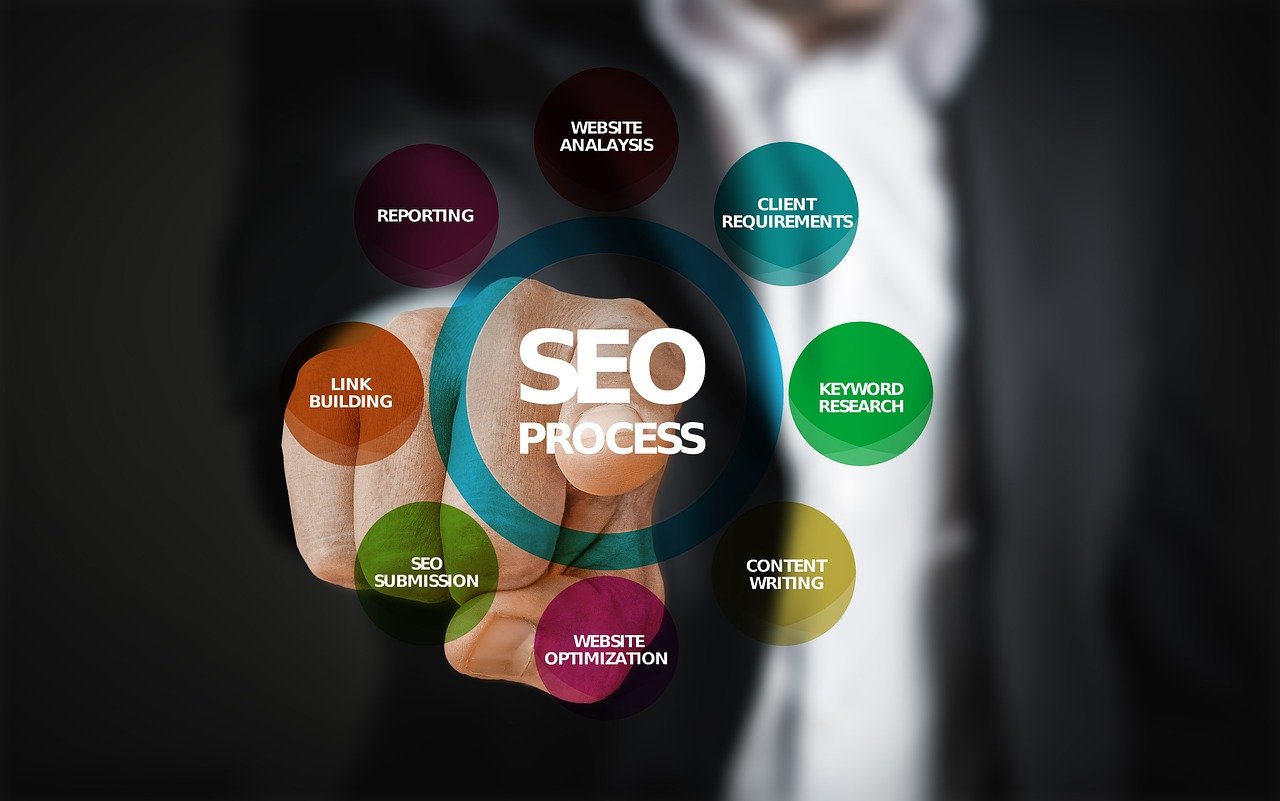Eight Best Practices for Optimizing Page Titles and Meta Descriptions
Optimizing page titles and meta descriptions is invaluable to the success of your online business. High-quality titles and meta descriptions make your content more appealing, increasing user engagement and driving conversions.
The following are eight best practices for optimizing page titles and meta descriptions:
Craft a Compelling Headline
Your page title should clearly communicate what your content is about and instantly capture user attention with an interesting headline that drives clicks. Ensure the title is no more than 70 characters long, so it doesn’t get cut off in search engine results pages.
Use Keywords Wisely
Include primary and secondary keywords in the page title to help increase relevancy – but don’t keyword stuff. Search engines penalize websites for excessive use of keywords, which may reduce your rank on SERPs.
Keep Titles Short
Page titles should be kept short and to the point – between 50-60 characters. Longer titles often get truncated in search engine results pages, making many users unable to read all of them. Ensure that anything important is included before or after the first 50-60 characters, as this part will always show up on SERPs.
Write Attractive Meta Descriptions
Meta descriptions should be no more than 160 characters long and give readers a clear understanding of the content on the page in an attractive way. This is your chance to show potential customers why they should click through to your website instead of the competition.

Add a Call-to-Action
Create urgency with a call-to-action in meta descriptions that encourages users to take action now. For example, “Don’t miss out – get 20% off now!” This encourages customers to visit your website and purchase quickly before missing out on the offer.
Encourage Social Shares
Make it easier for users to share your content on social media by adding sharing buttons to the meta description. This increases website traffic and helps spread your web presence.
Test and Track Performance
Once you have optimized your page titles and meta descriptions, tracking their performance is essential. Monitor click-through rates, bounce rate, time on page, conversions, and more to determine which ones work best for driving user engagement.
Use Tools Like Yoast SEO
Using a plugin like Yoast SEO simplifies optimizing page titles and meta descriptions. This tool helps you select the best keywords, offers suggestions for improving page content, and shows you a live preview of how your title and description will appear on search engine results pages.
Optimizing page titles and meta descriptions is integral to any online business strategy. These seven best practices will help ensure that your content is compelling enough to capture user attention and drive clicks, leading to higher conversion rates.
